This week the Oxford Encyclopaedia published our contribution on religious organisations and health promotion [1]. The paper in question ‘Faith Communities and the Potential for Health Promotion’ is co-authored by scholars based in England, Scotland and Canada. This new publication is part of a growing number of publications at Bournemouth University on the contribution of faith communities to public health.

Faith communities often have multiple resources, existing networks and an infrastructure that can be applied to health promotion programmes for their own membership or as an outreach to the wider community. Health programmes in a faith community in high-income countries may include targeted initiatives, ranging from walking groups or weight checks, health events, or health assessments, to diabetes self-management. These activities can be organised by charities and NHS organisation and held at local churches, synagogues or mosques which is referred to as faith-placed health promotion. If the health promotion is part of the ministry of the religious organisation it is referred to as faith-based health promotion.
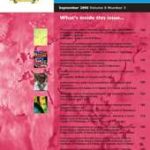 On top of this encyclopaedia entry, the Open Access journal African Health Sciences [Impact Factor 0.66] accepted our paper in the same field a few weeks ago. This paper ‘Influence of faith-based organisations on HIV prevention strategies in Africa: a systematic review’ formed part of the first author’s M.Sc. in Public Health [2]. Our previous papers reported on a study of faith-based and faith-placed health promotion in and around Dundee [3-4].
On top of this encyclopaedia entry, the Open Access journal African Health Sciences [Impact Factor 0.66] accepted our paper in the same field a few weeks ago. This paper ‘Influence of faith-based organisations on HIV prevention strategies in Africa: a systematic review’ formed part of the first author’s M.Sc. in Public Health [2]. Our previous papers reported on a study of faith-based and faith-placed health promotion in and around Dundee [3-4].
Professor Edwin van Teijlingen
Centre for Midwifery, Maternal & Prenatal Health
References
- Kiger, A., Fagan, D., van Teijlingen, E. (2017) Faith Communities and the Potential for Health Promotion. In: Encyclopedia of Health and Risk Message Design & Processing, Parrott, R. (ed.) New York, Oxford University Press. (http://communication.oxfordre.com/).
- Ochillo, M., van Teijlingen, E., Hind, M. (2017) Influence of faith-based organisations on HIV prevention strategies in Africa: a systematic review. African Health Sciences (accepted June).
- Fagan, D., Kiger, A., van Teijlingen E. (2010) A survey of faith leaders concerning health promotion and the level of healthy living activities occurring in faith communities in Scotland. Global Health Promotion 17(4): 15-23.
- Fagan, D., Kiger, A., van Teijlingen, E. (2012) Faith communities and their assets for health promotion: The views from health professionals and faith leaders in Dundee, Scotland, Global Health Promotion 19(2): 27-36.
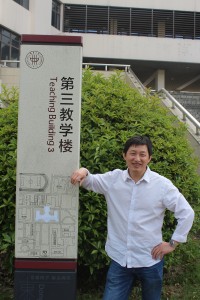
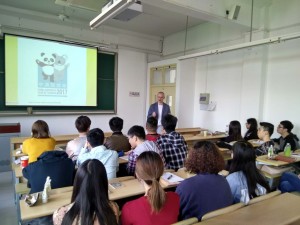
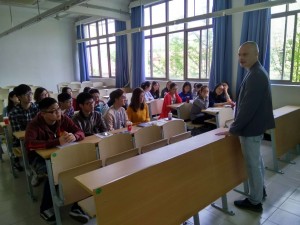
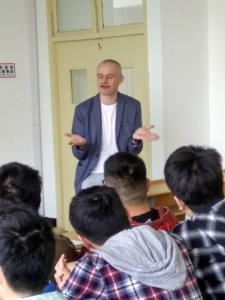
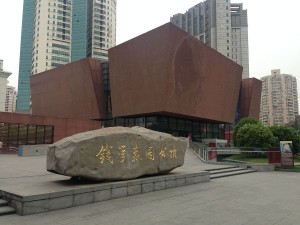
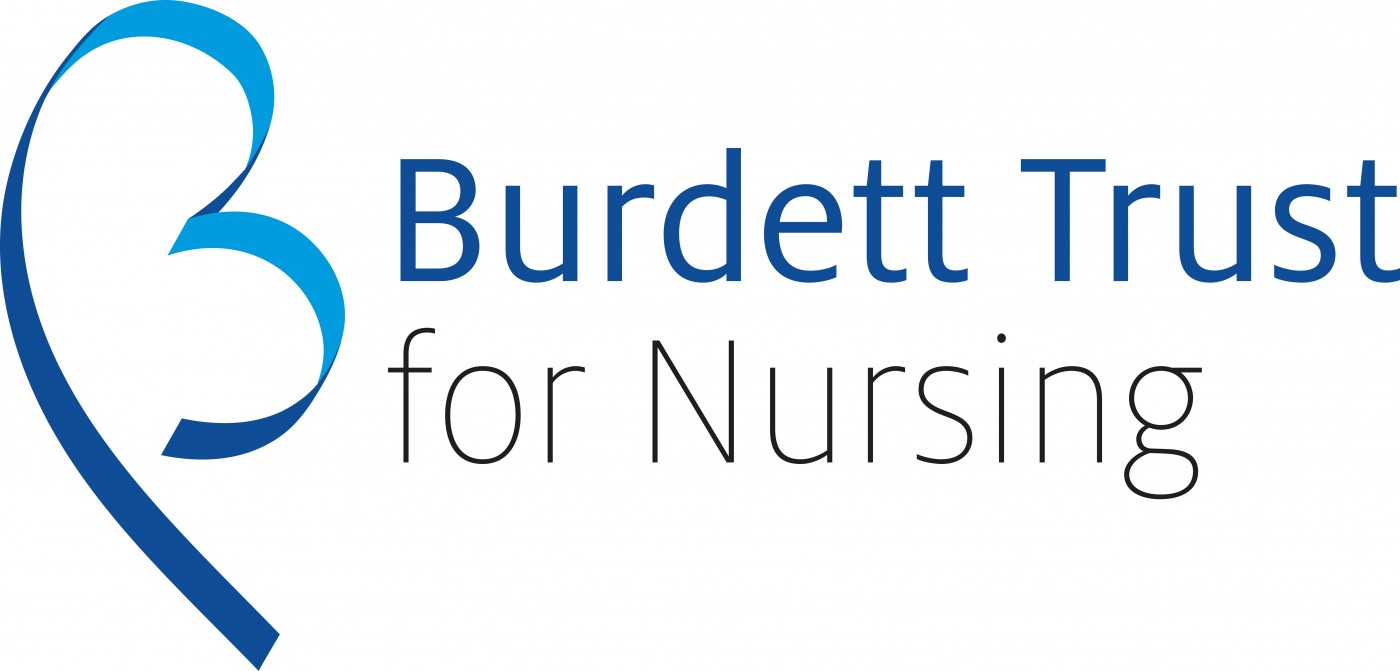





 student paper. The research presented was funded by the University Student Research Assistant (SRA) scheme, which involved collaboration between departments and faculties. The research involved creating a game to measure in-game moral decisions. The research team included Jacqui Taylor and John McAlaney from the Department of Psychology, Davide Melacca and Christos Gatzidis from the Department of Creative Technology, and Eike Anderson from the National Centre for Computer Animation.
student paper. The research presented was funded by the University Student Research Assistant (SRA) scheme, which involved collaboration between departments and faculties. The research involved creating a game to measure in-game moral decisions. The research team included Jacqui Taylor and John McAlaney from the Department of Psychology, Davide Melacca and Christos Gatzidis from the Department of Creative Technology, and Eike Anderson from the National Centre for Computer Animation.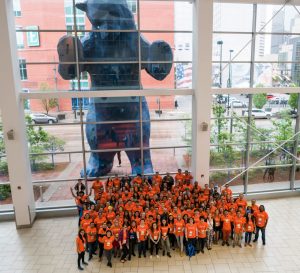
 volunteers with their duties. Sarah found it to be a great experience and highly recommends other students to consider being a student volunteer as a great chance to network and it also helps with funding conferences as the registration fee was waived.
volunteers with their duties. Sarah found it to be a great experience and highly recommends other students to consider being a student volunteer as a great chance to network and it also helps with funding conferences as the registration fee was waived. Who can apply
Who can apply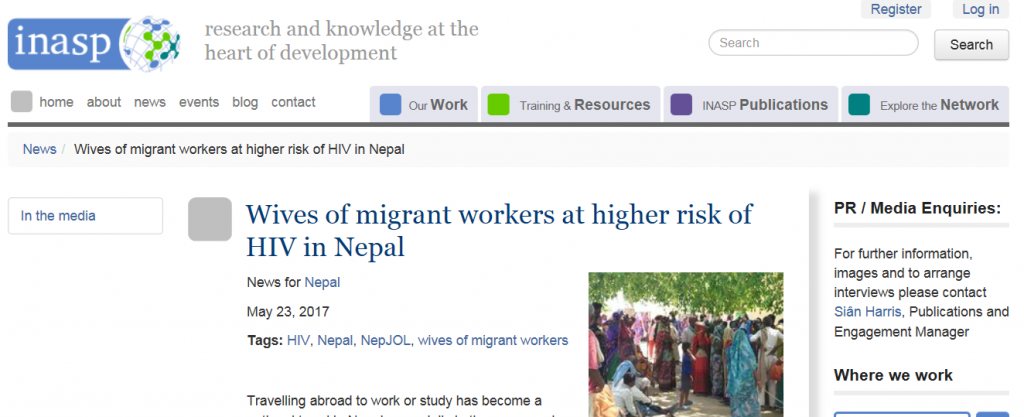
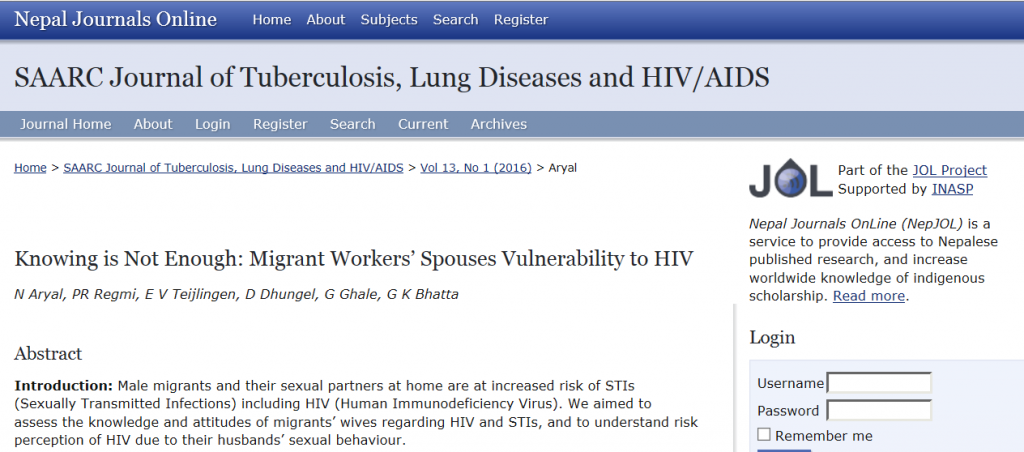
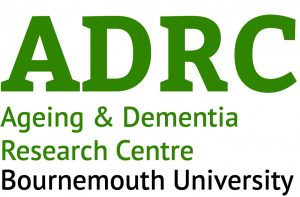



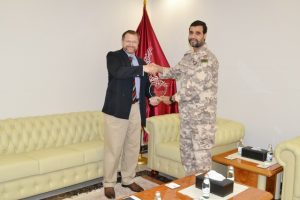
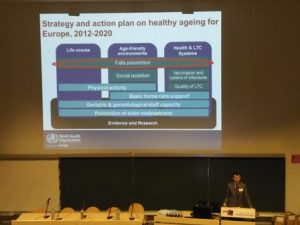
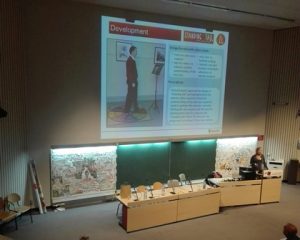


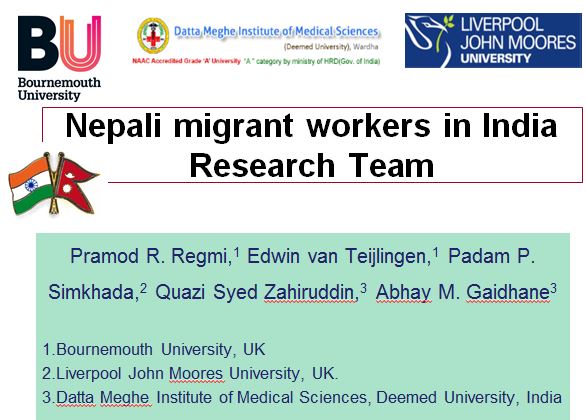


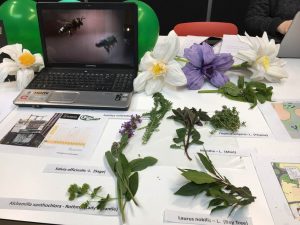
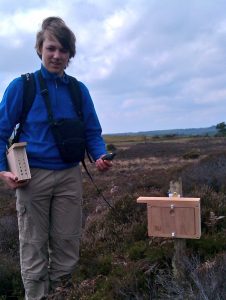
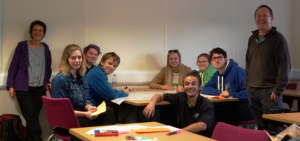













 BU attendance at third annual GCPHR meeting in June
BU attendance at third annual GCPHR meeting in June Interactive Tangible and Intangible Heritage Applications – BU student work featured in new book chapter
Interactive Tangible and Intangible Heritage Applications – BU student work featured in new book chapter Second NIHR MIHERC meeting in Bournemouth this week
Second NIHR MIHERC meeting in Bournemouth this week MSCA Postdoctoral Fellowships 2025 Call
MSCA Postdoctoral Fellowships 2025 Call ERC Advanced Grant 2025 Webinar
ERC Advanced Grant 2025 Webinar Horizon Europe Work Programme 2025 Published
Horizon Europe Work Programme 2025 Published Horizon Europe 2025 Work Programme pre-Published
Horizon Europe 2025 Work Programme pre-Published Update on UKRO services
Update on UKRO services European research project exploring use of ‘virtual twins’ to better manage metabolic associated fatty liver disease
European research project exploring use of ‘virtual twins’ to better manage metabolic associated fatty liver disease